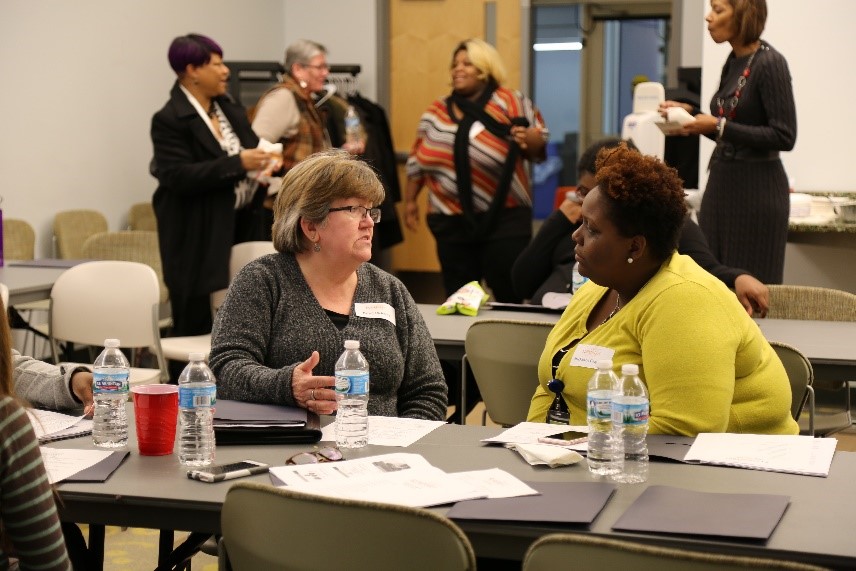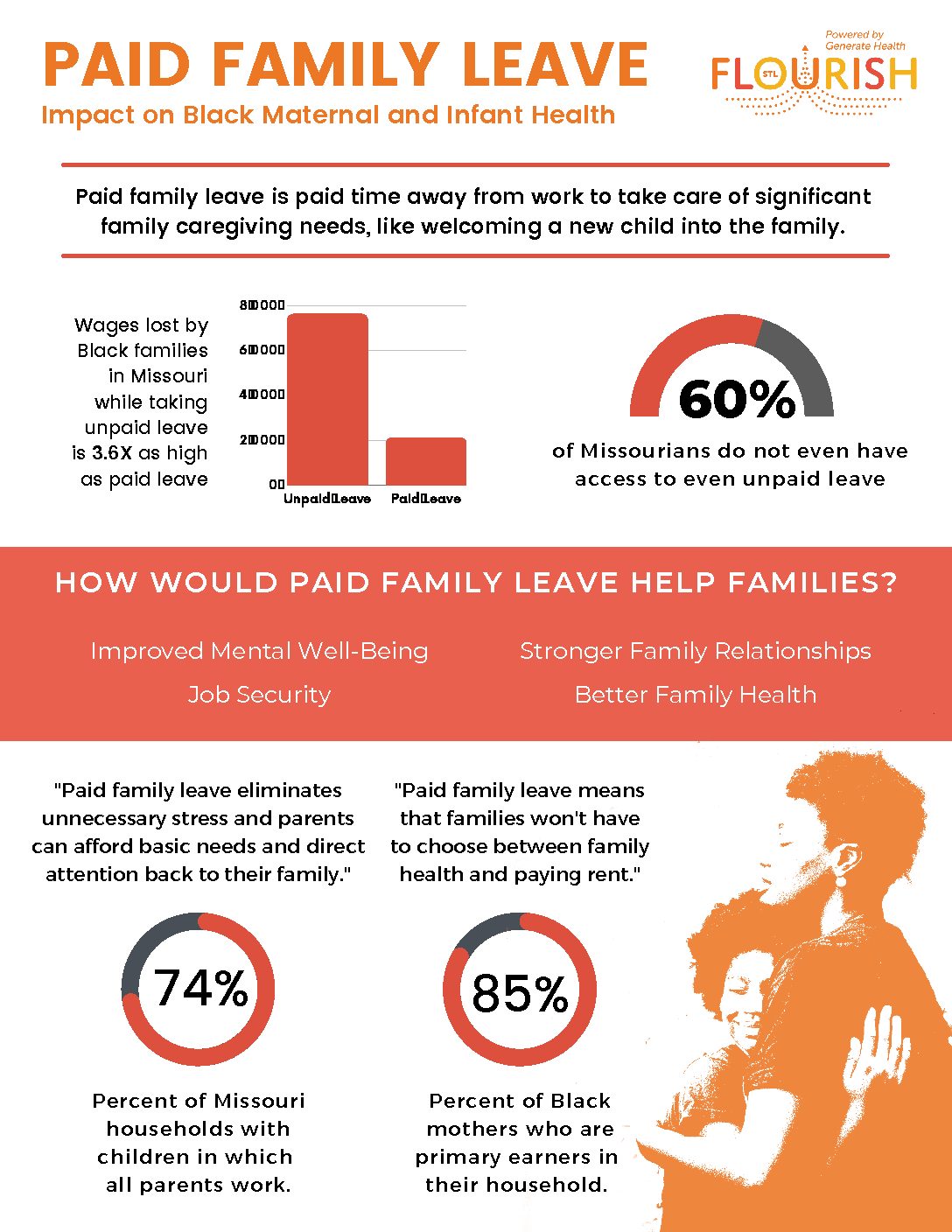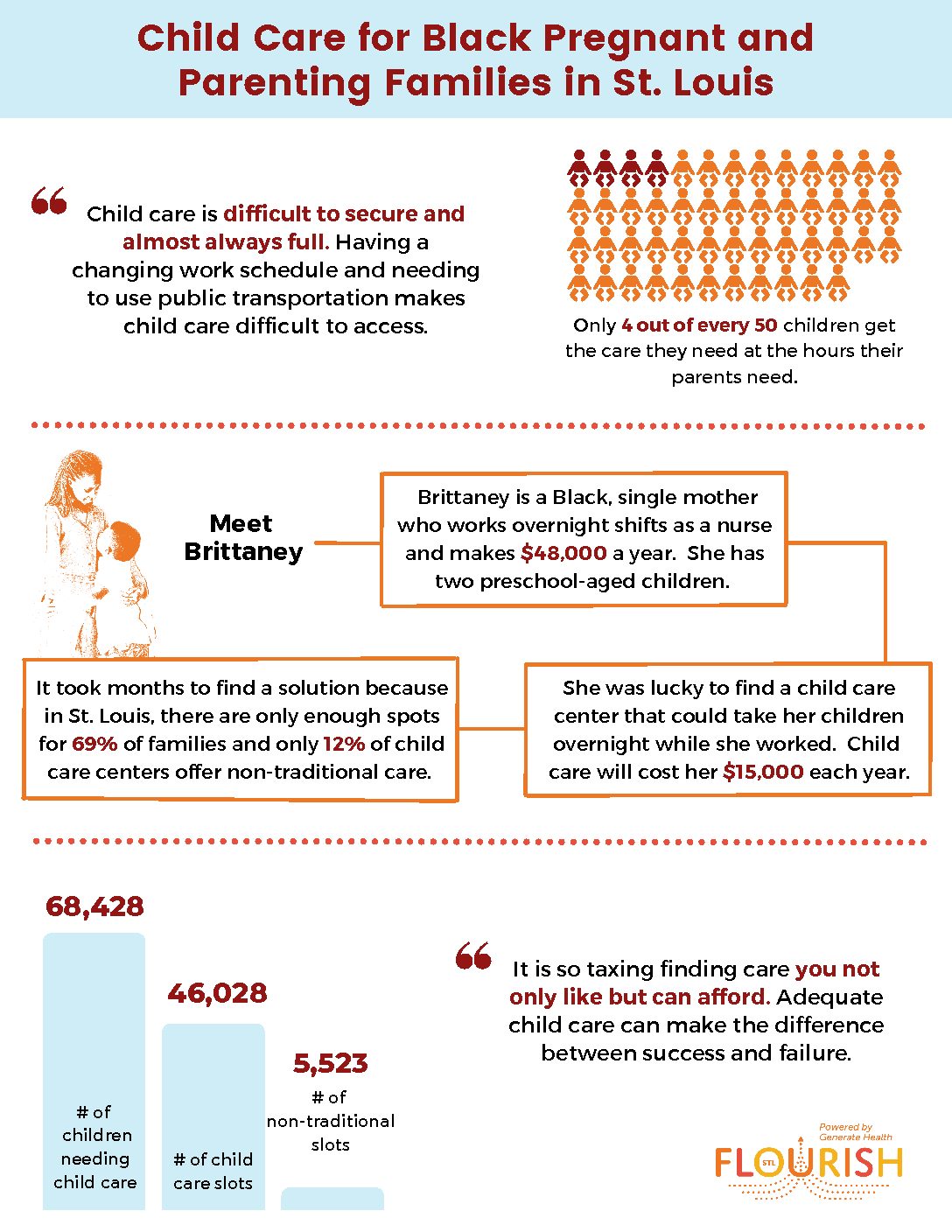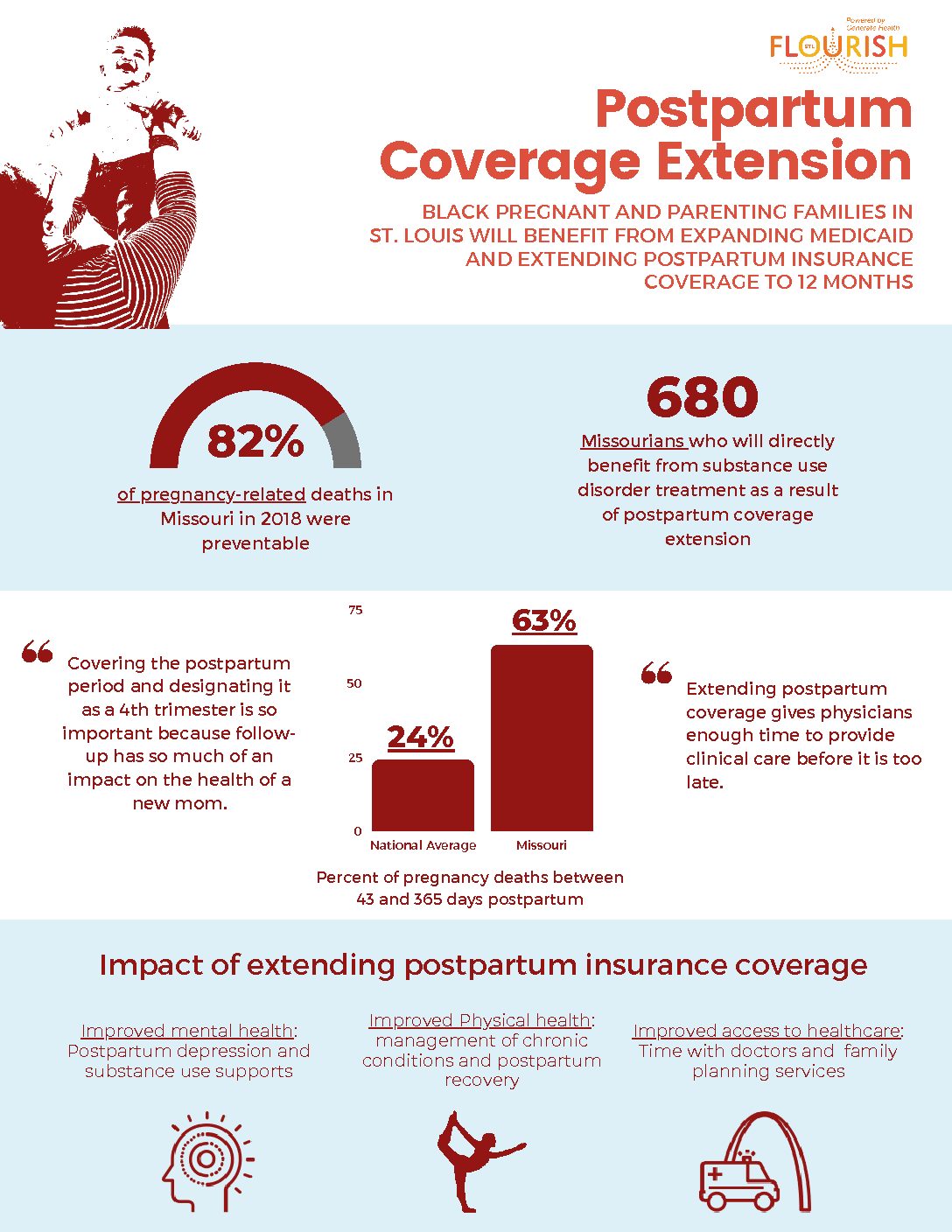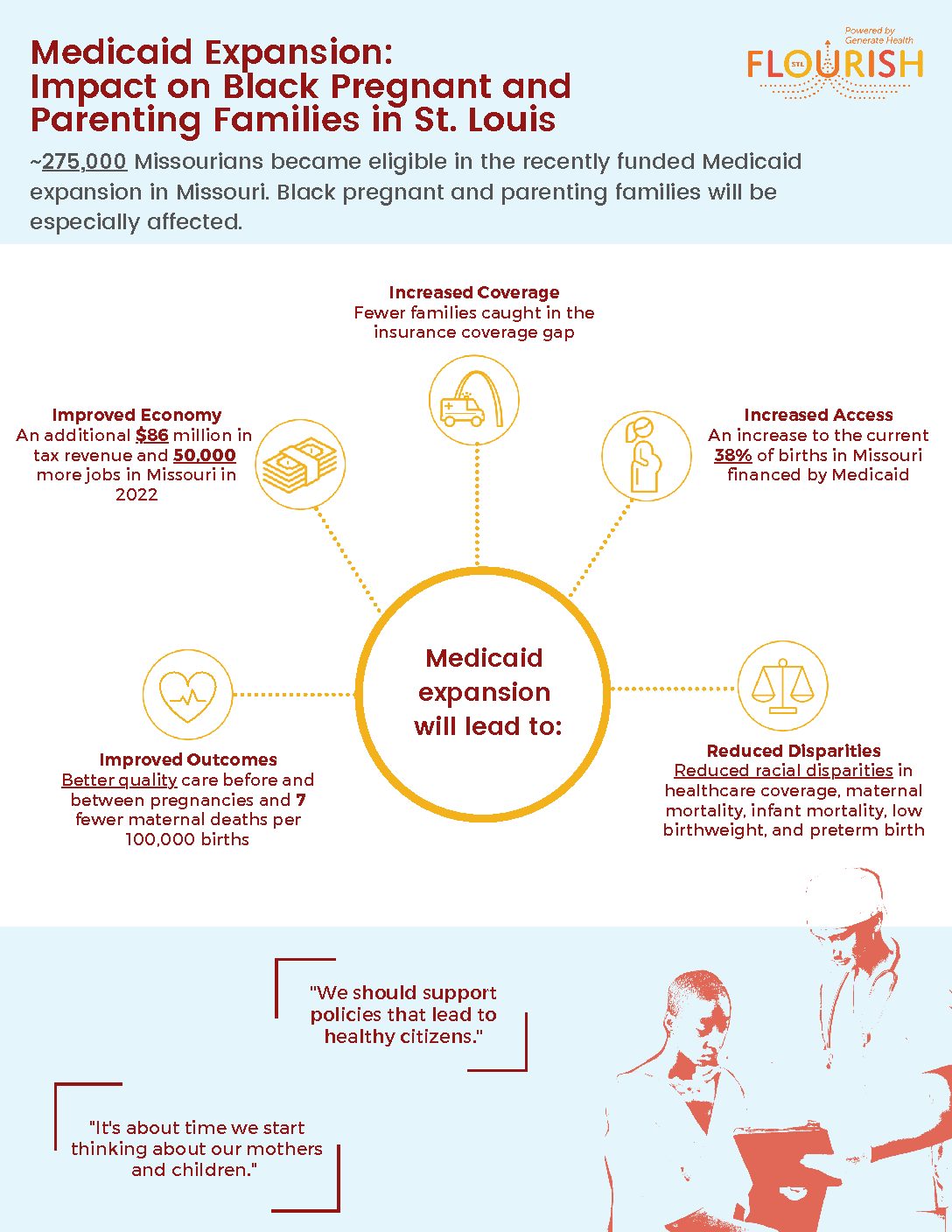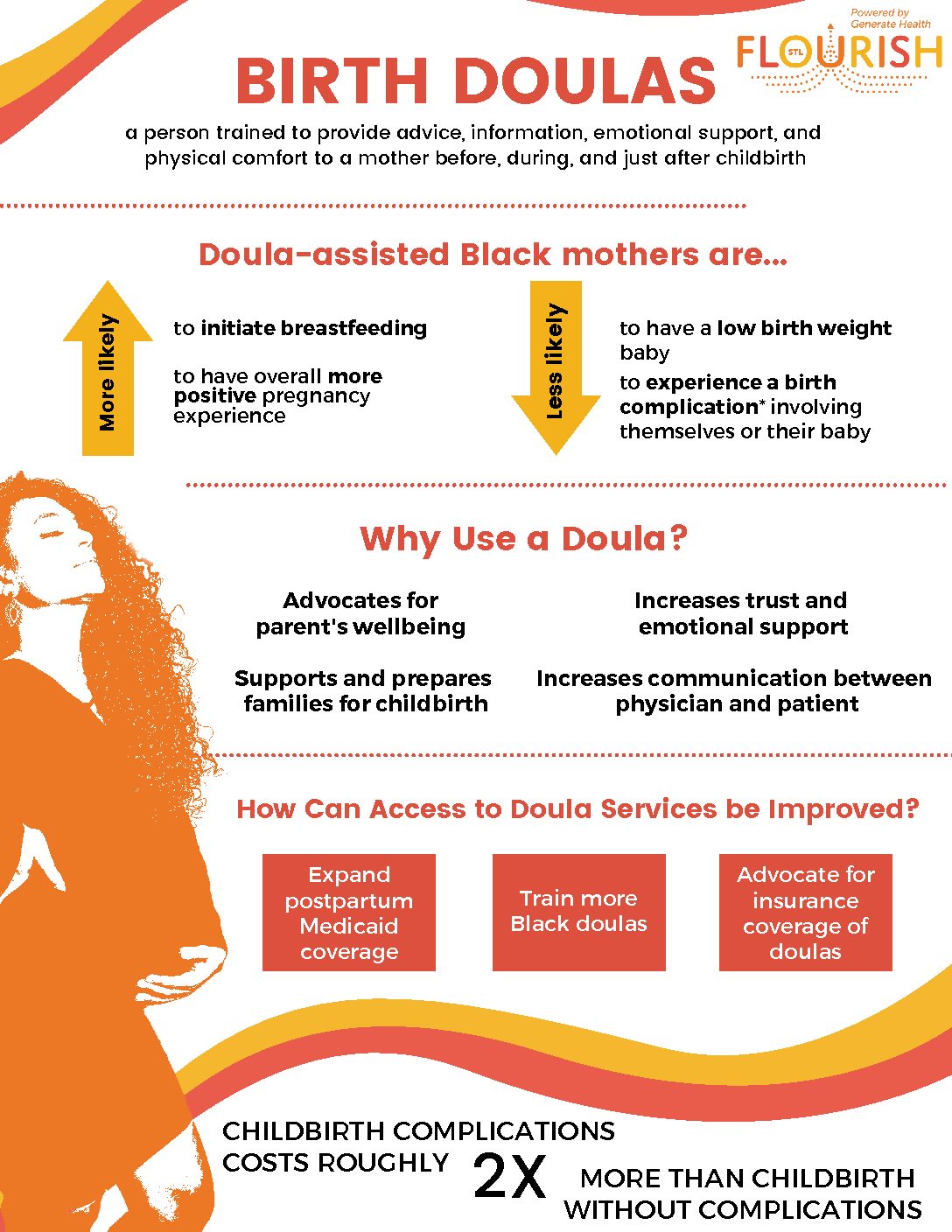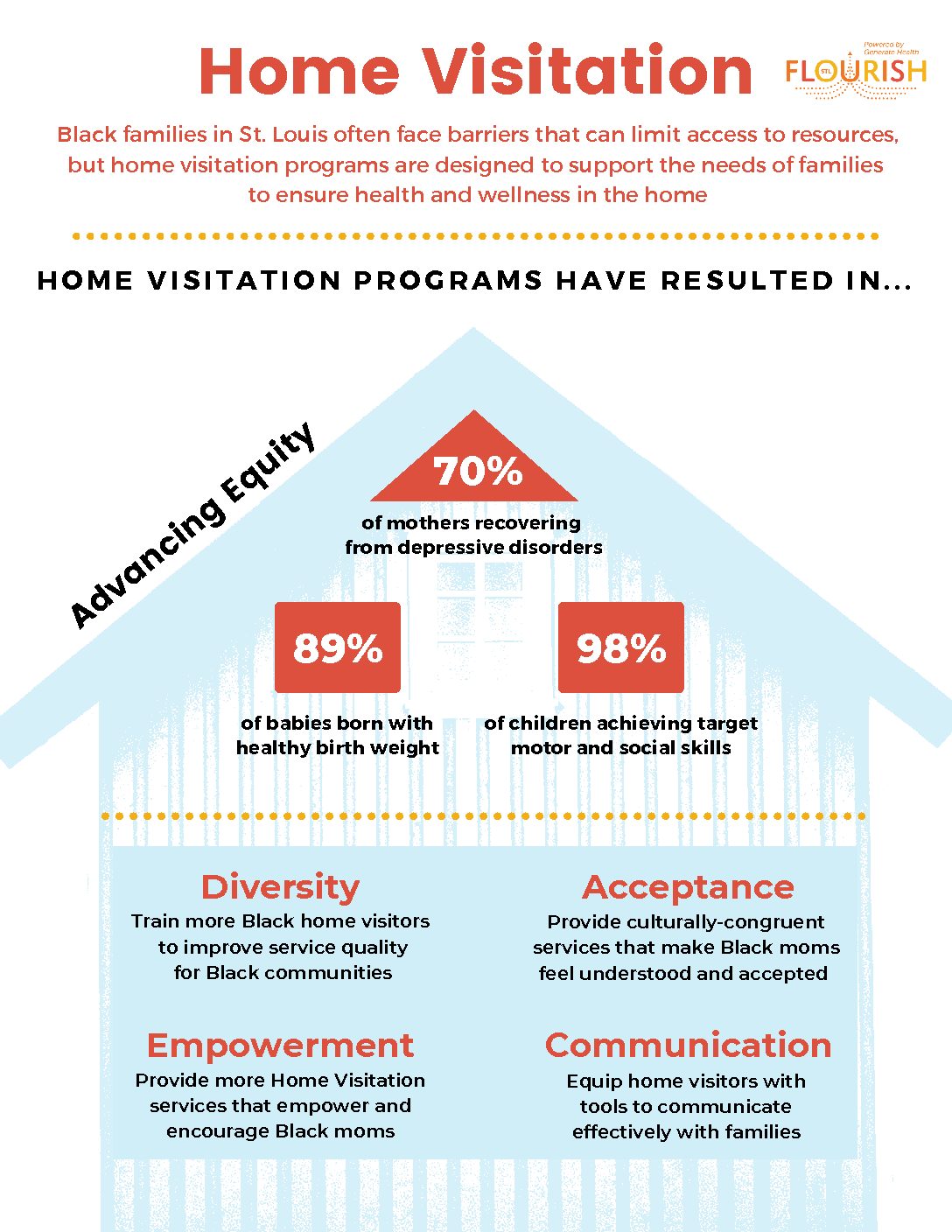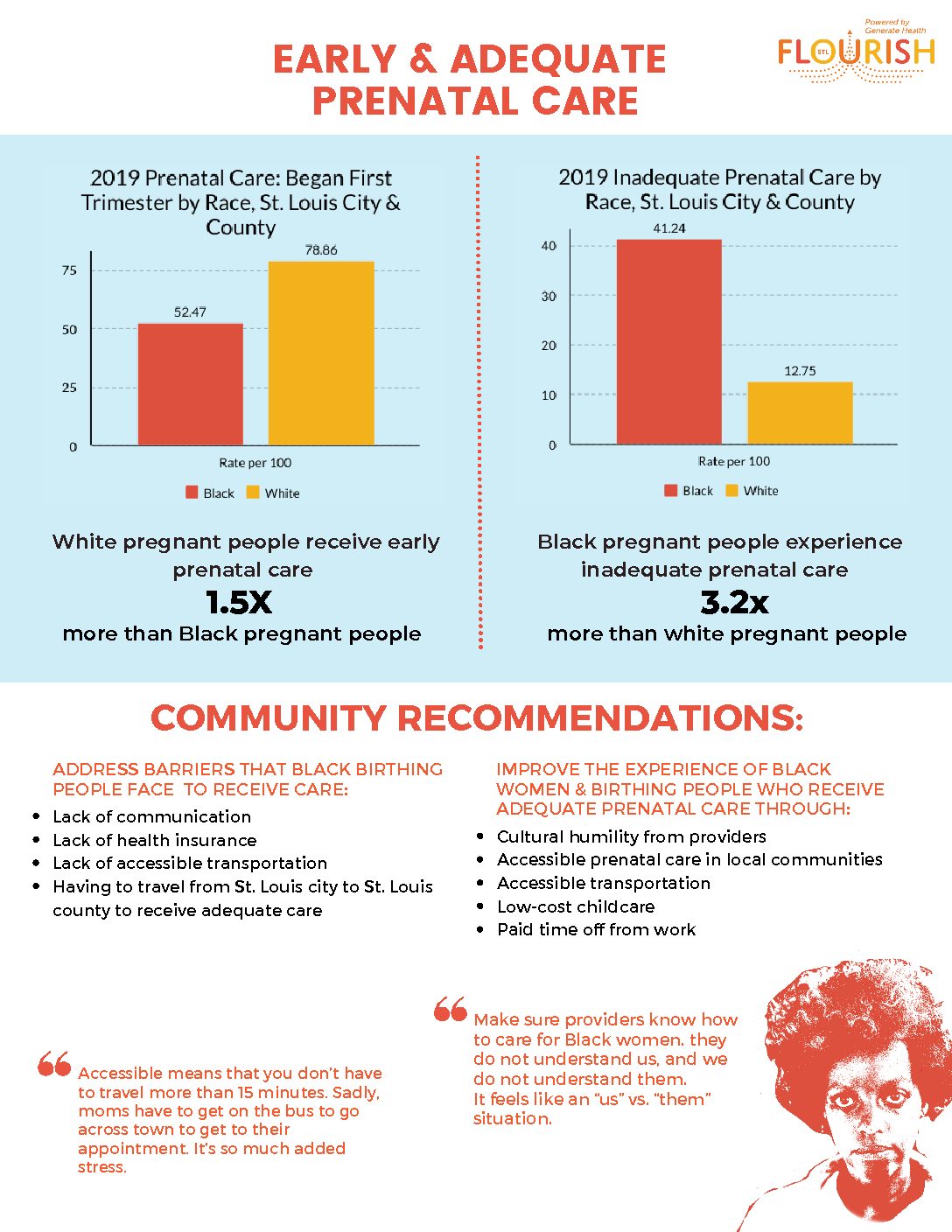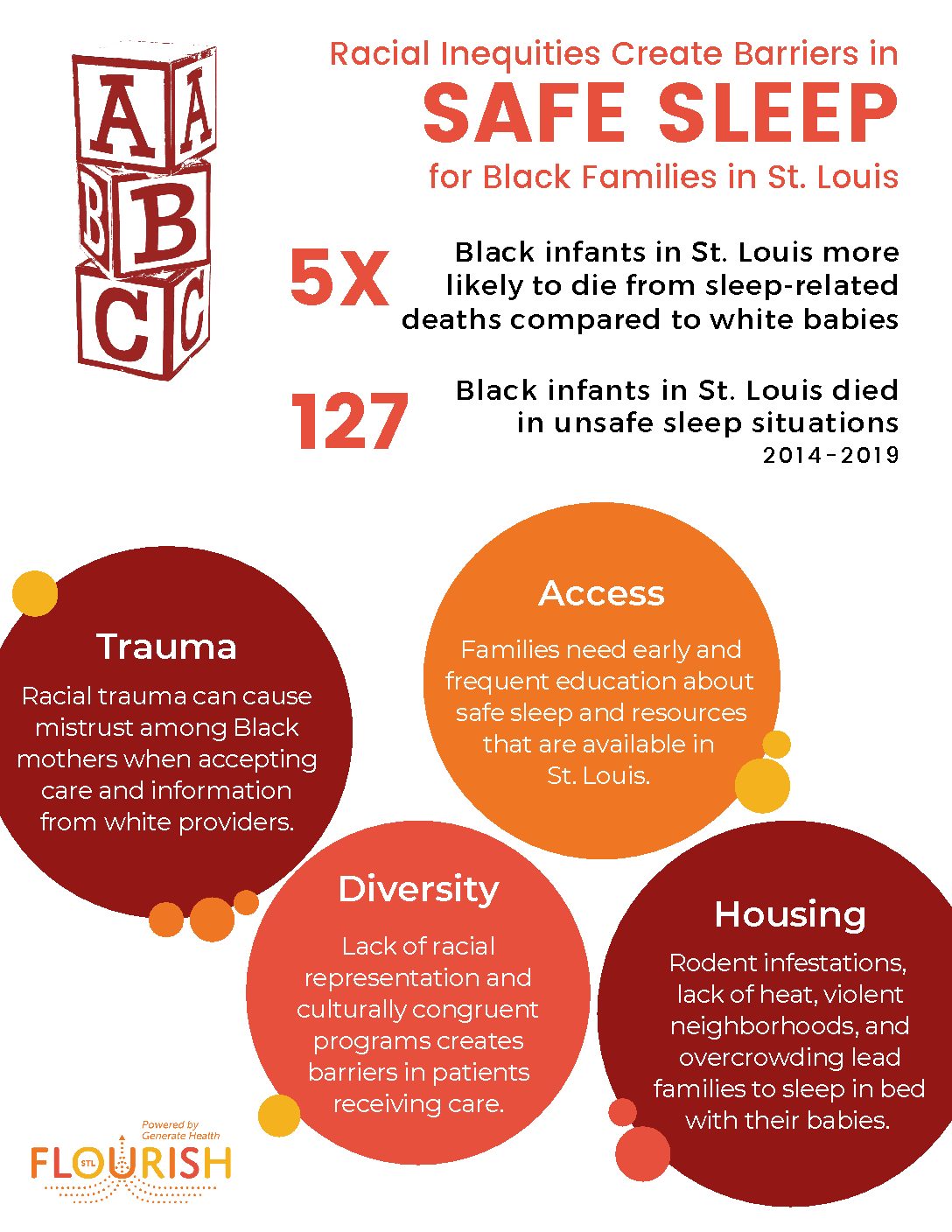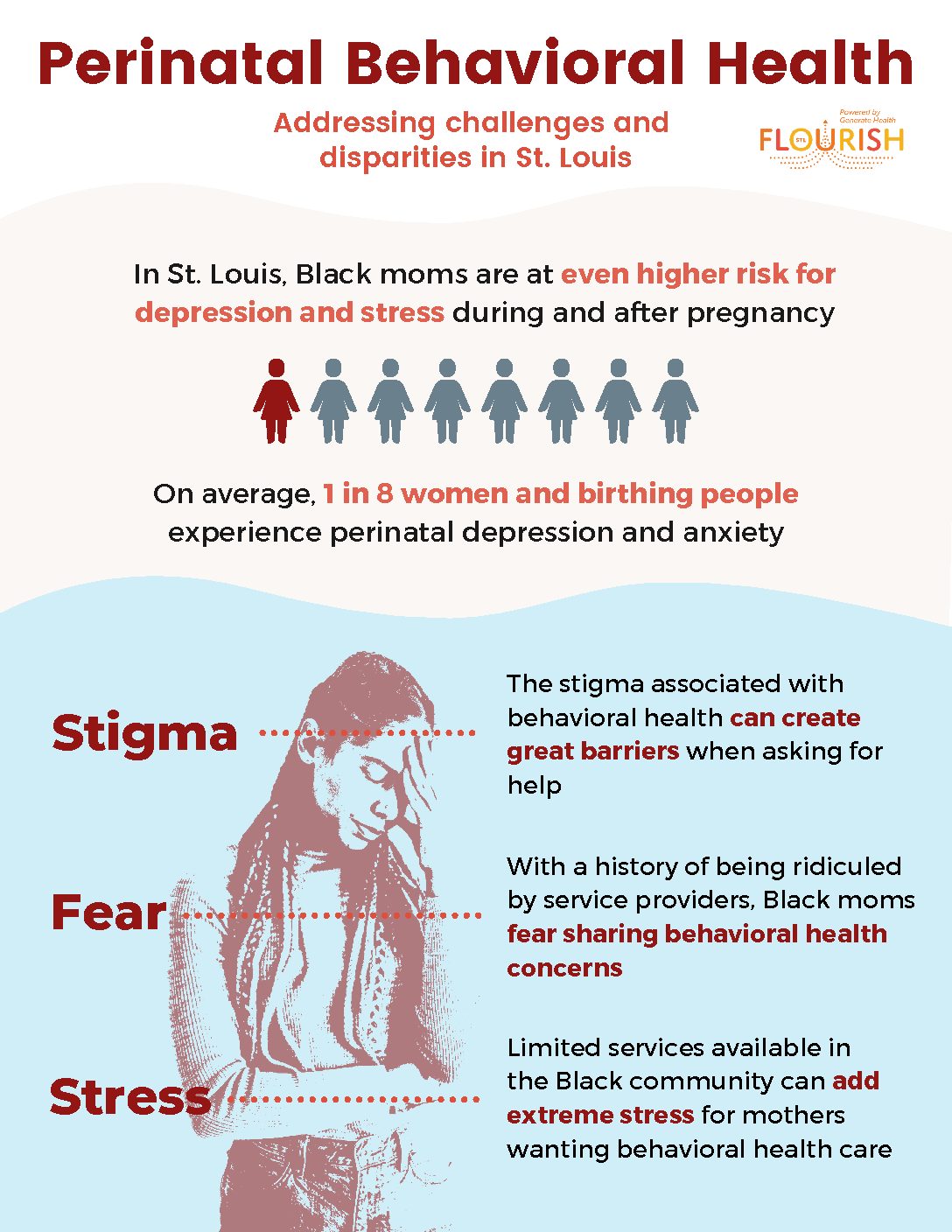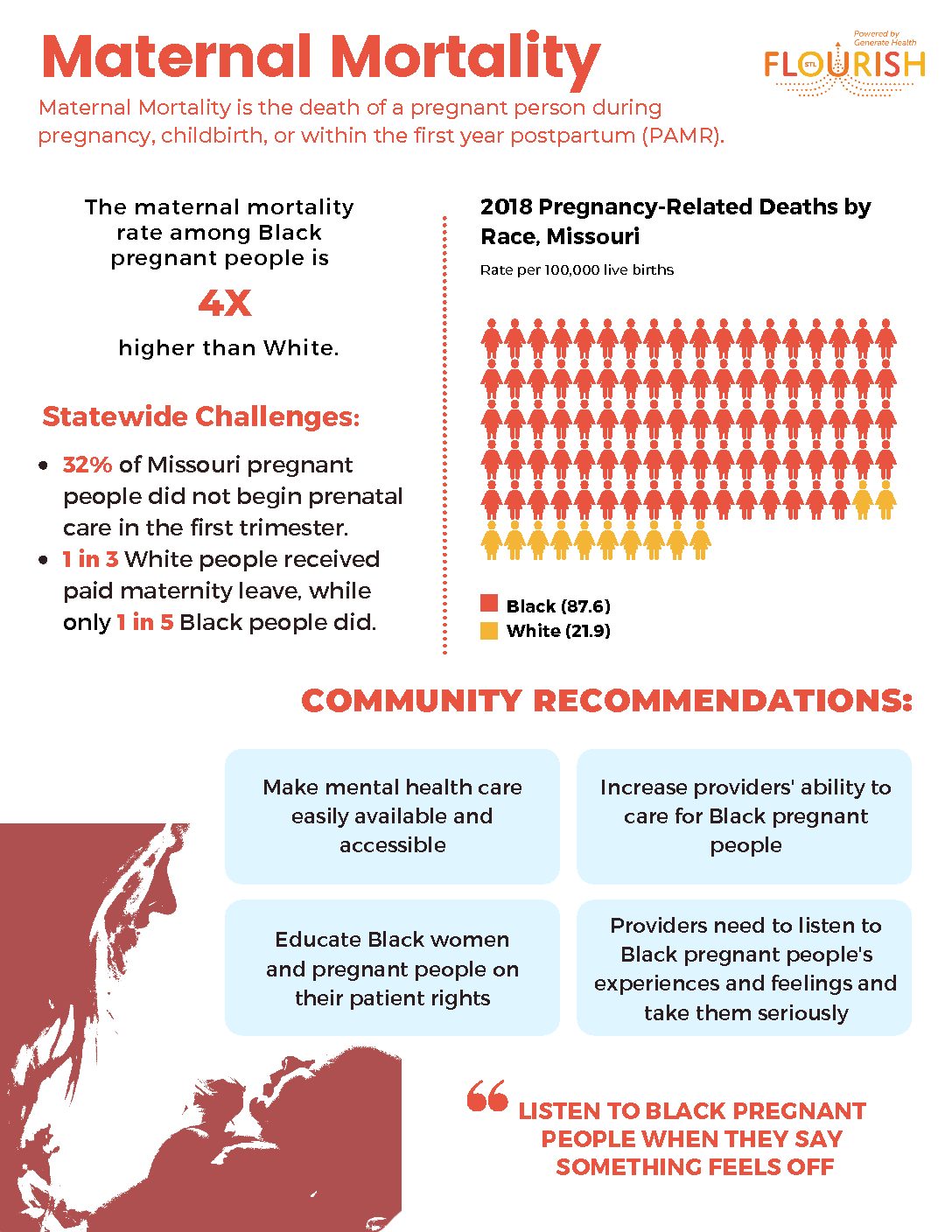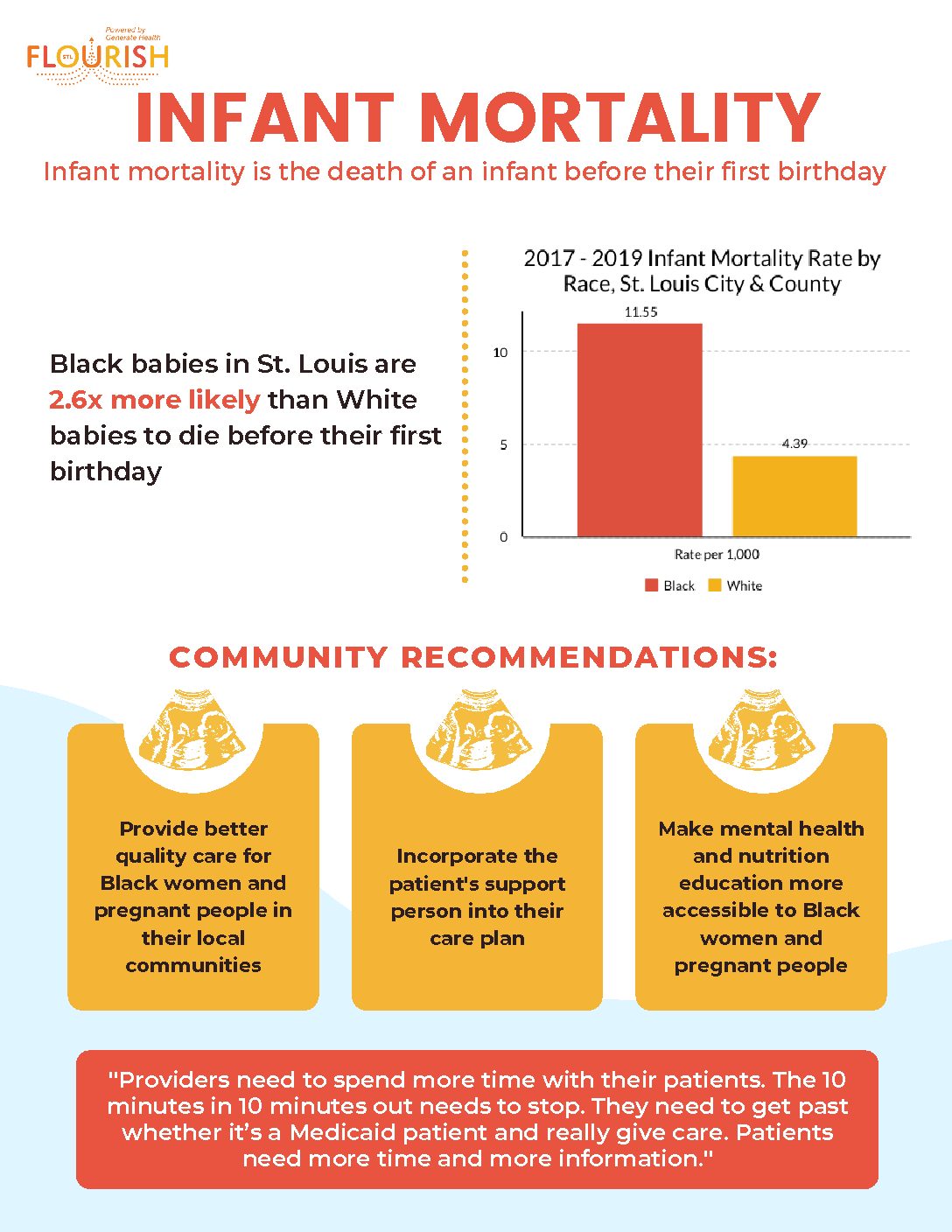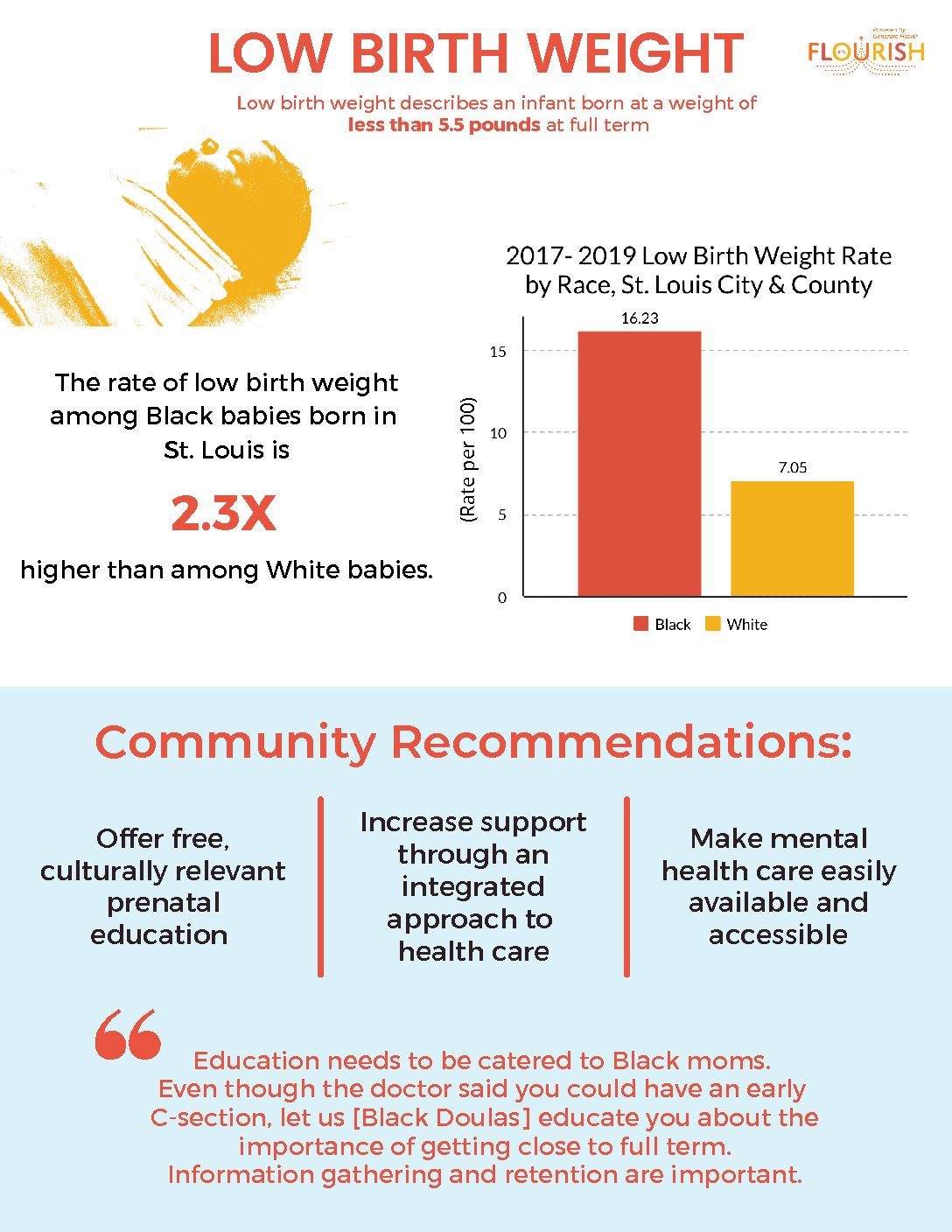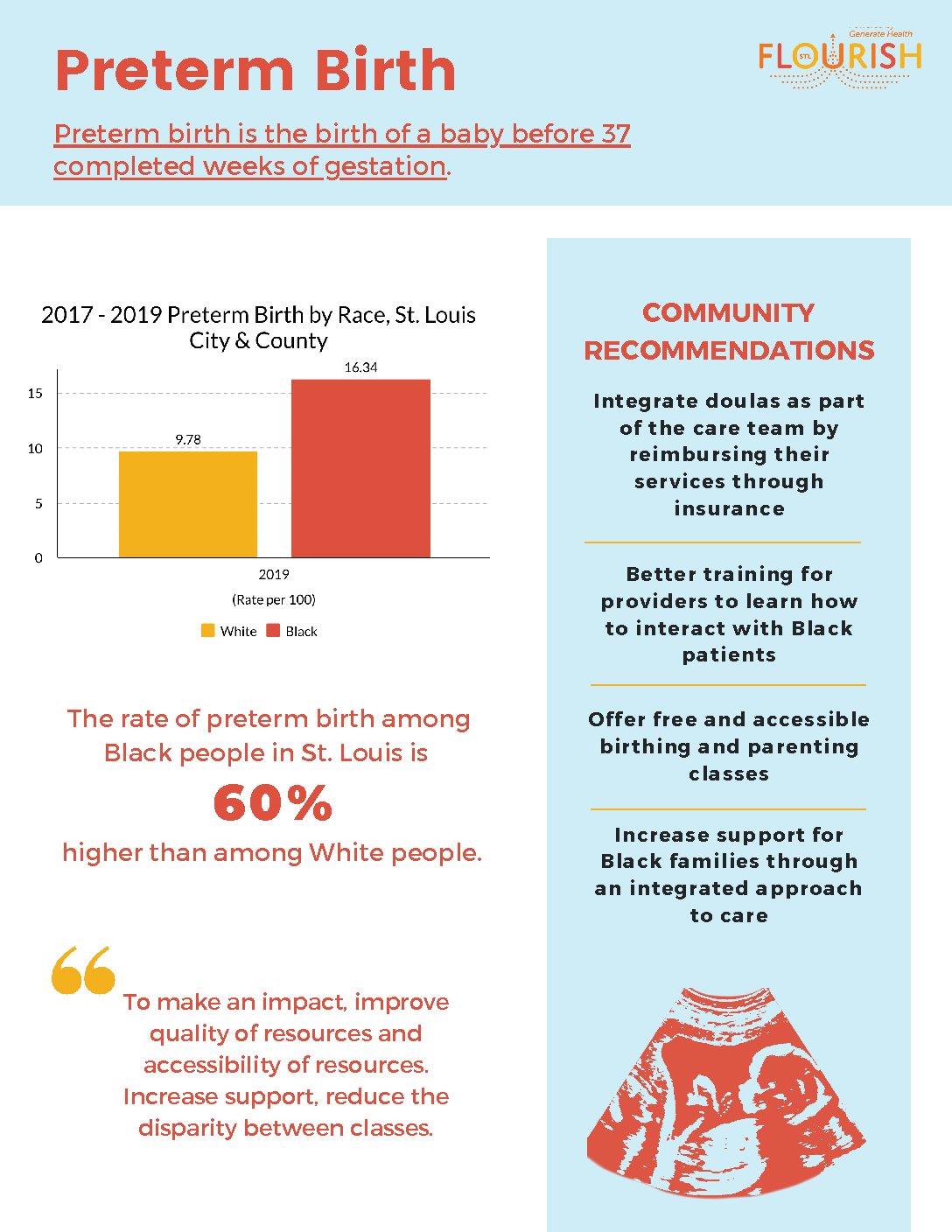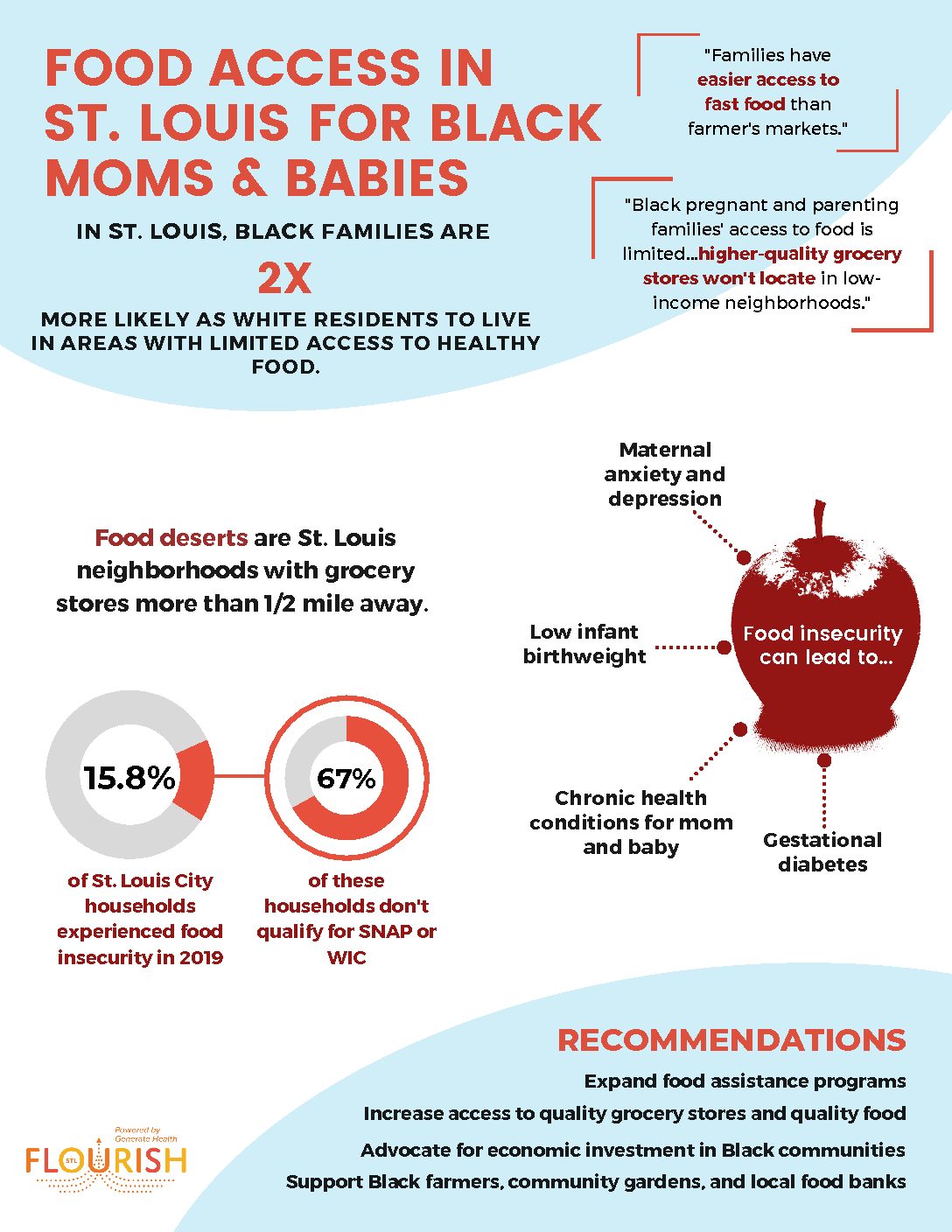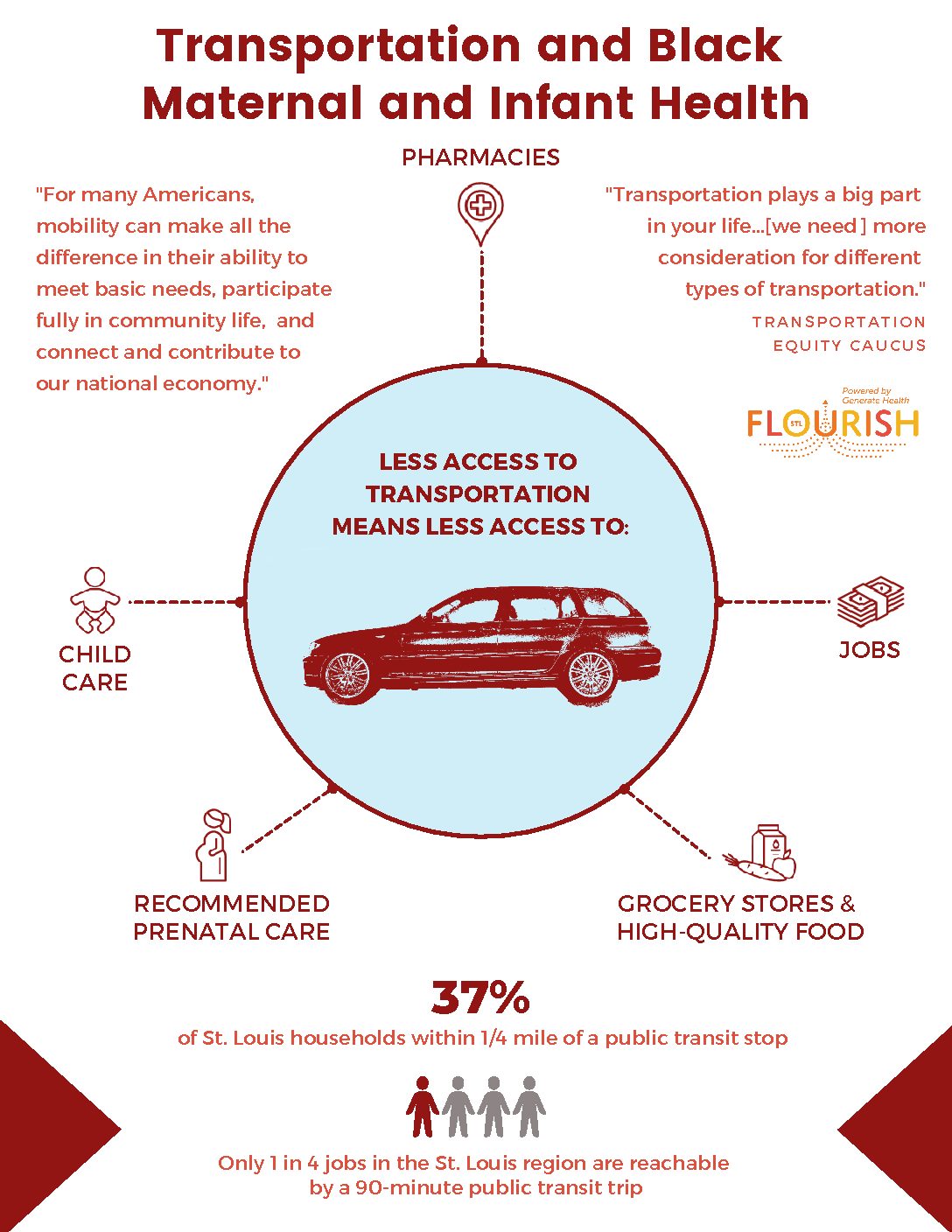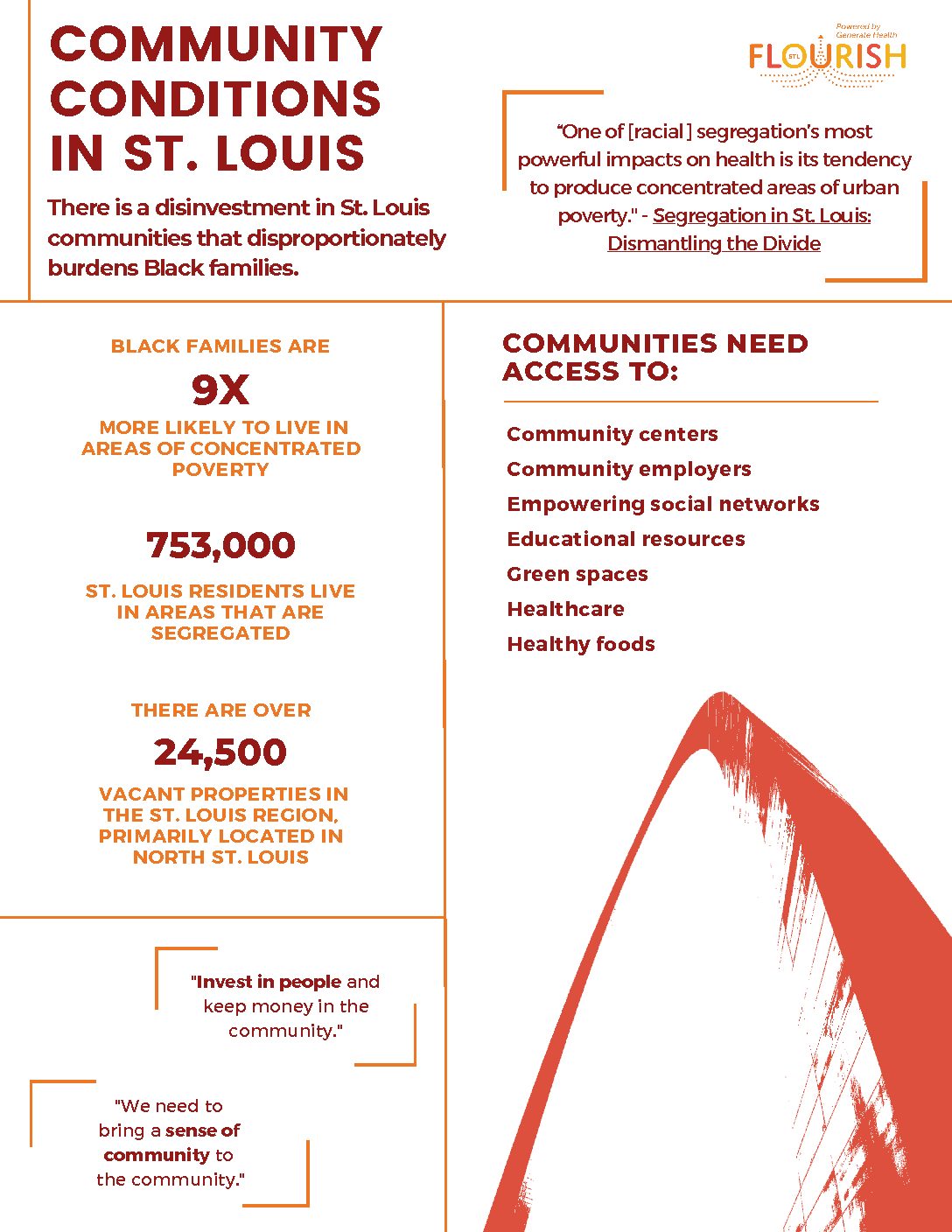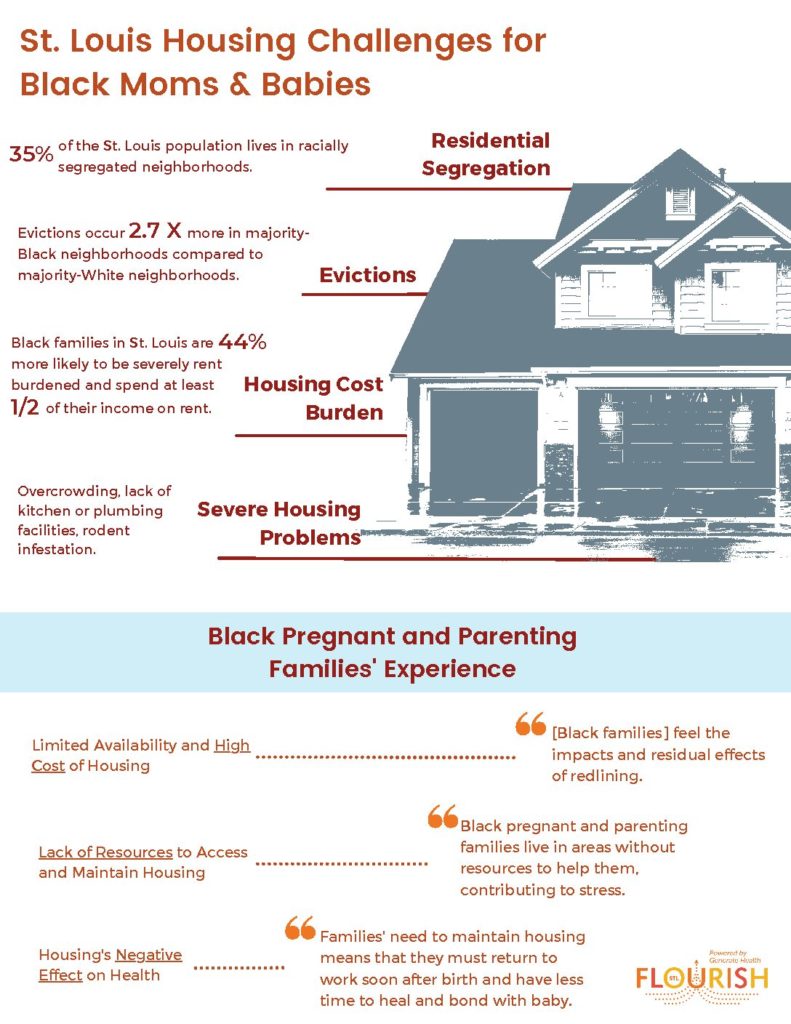On January 31, 80 volunteers representing families, universities, social service agencies, health systems, government entities, health plans and funders attended our Action Team orientation event.
Action Team members began the meeting by learning about how their team fits into the larger puzzle of the FLOURISH St. Louis initiative to reduce infant mortality. The teams focus on the following priority areas:
- Prenatal Care
- Infant Health
- Health Communication and Navigation
- Transportation
- Behavioral Health
During orientation, team members also learned about the racial disparities in the health of babies, including the fact that black babies in St. Louis are three times more likely to die than white babies and that black women in Missouri are 49% more likely to have a preterm baby than other women.
Attendees then explored how they will apply a racial equity lens to the Action Plans they develop.
“Racial equity refers to the capacity of our region to create, manage and distribute resources in a way that gives people from all racial backgrounds the opportunity to thrive. From the data on infant mortality, we know that there are large gaps in birth outcomes for babies based on their race,” said Jill Thompson, Director of Strategic Initiatives at Generate Health, the backbone organization for FLOURISH. “That’s why it’s critical the Action Teams apply a racial equity lens to the recommendations they develop. Our team will provide guidance and support to help the Action Teams with this critical part of the plan development process.”
Afterward, the teams, broke out individually to start forming relationships with their teammates, learn what perspectives and experiences each member is contributing.
Action Teams will hold their first official team meetings in February to start moving forward on their key responsibilities, which include:
- Listening to the community to understand why things are the way they are.
- Looking at what’s worked well to help moms and babies in St. Louis and other communities.
- Working as a team to develop an action plan.
- Partnering with local organizations already working on the issue to take the action plan steps.
- Determining how we’ll measure progress.
There’s still time for you to get involved before the first Action Team meetings in February. Learn more about the Action Teams and how you can join one.

